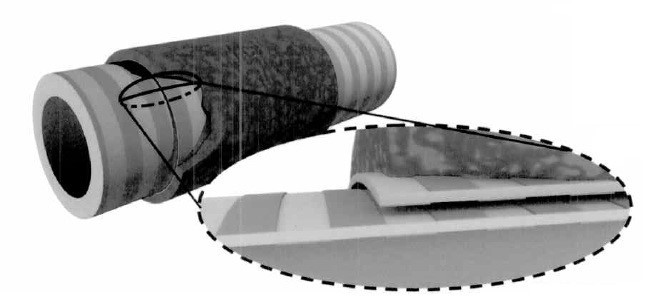Inventors at Georgia Tech have developed a compact nanogenerator that uses electrode pairs on cylindrical sliding surfaces to generate an alternating current. The output increases with an increase in velocity. The grating-design Kapton/copper surface ensures a high output efficiency and durability. Unlike most other energy-harvesting technologies, this one targets reciprocating motions driven by either direct or inertia forces, making it suitable for large-amplitude, low-frequency ambient vibration motions in addition to small-amplitude, high-frequency vibrations. The cTENG was demonstrated to harness energy effectively from human body and water wave motions, indicating its potential use in applications such as portable self-powered electronics and power generation.
- Compact – Easily used for small electronics
- Energy saving – Harnesses energy from human body and water wave motions
- Portable and standalone self-powered electronics and power generators
- Remote sensors, marine navigational aids, portable consumer electronics (smartphones, laptops/tablets, MP3 players, etc.), automotive and aerospace electronics, and medical devices/implants
Reciprocating motion is a common form of mechanical motion existing in nature from waves to human body motions. Harnessing such ambient mechanical energy is attracting significant attention for use in portable electronics and sensor networks. However, many of these motions feature long reciprocating distances, low frequencies, and amplitude or frequency fluctuations, which pose challenges for previously developed vibration energy harvesters, more suited for low-amplitude, high-frequency excitations induced by inertia forces.

